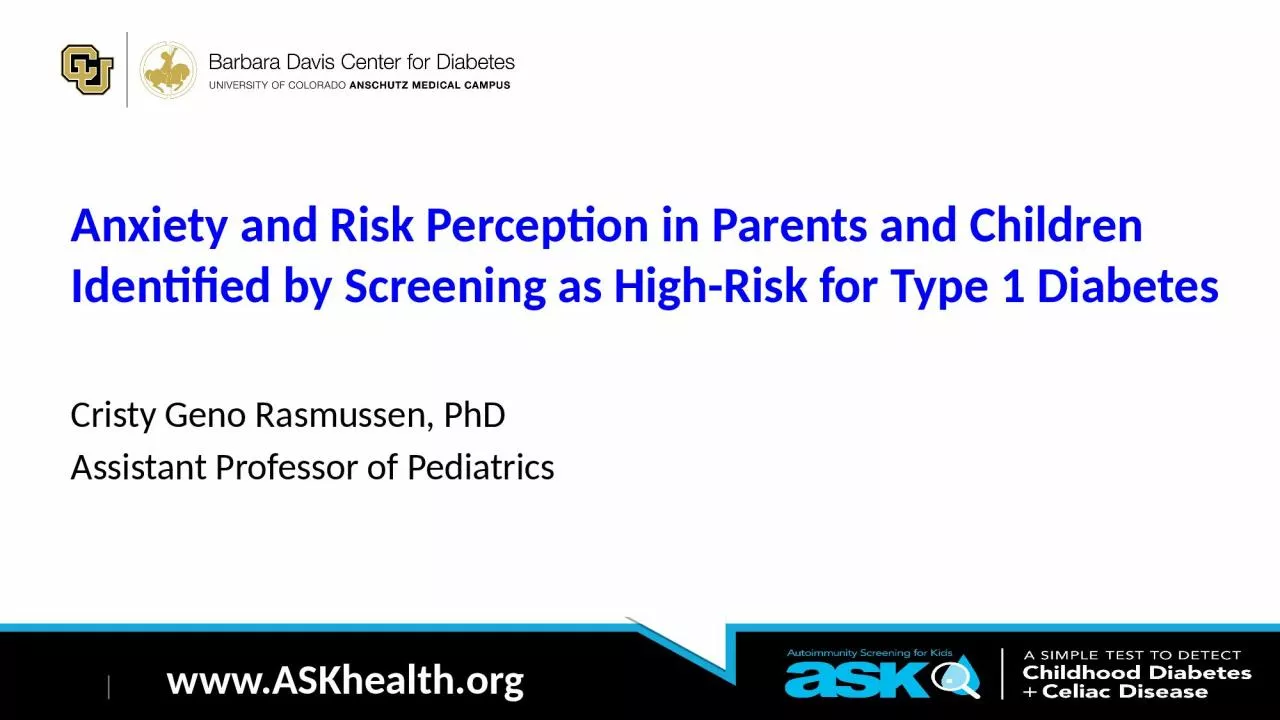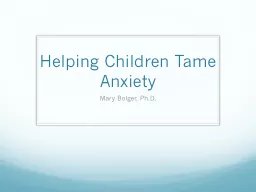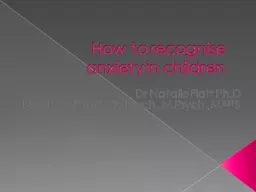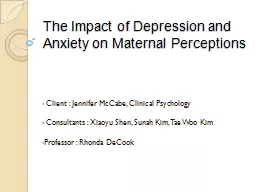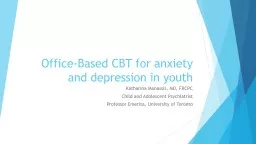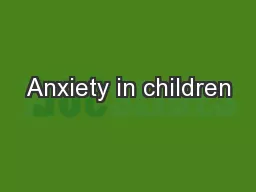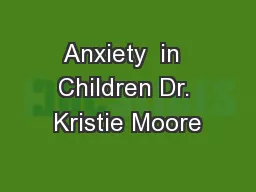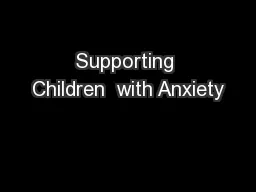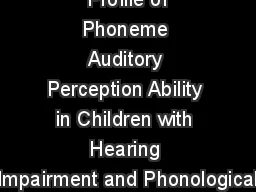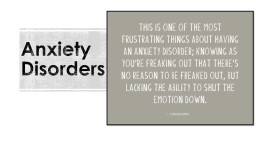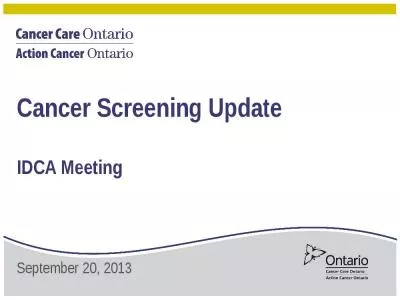PPT-Anxiety and Risk Perception in Parents and Children Identified by Screening as High-Risk
Author : brooke | Published Date : 2024-03-13
Cristy Geno Rasmussen PhD Assistant Professor of Pediatrics wwwASKhealthorg Autoimmunity Screening for Kids ASK 20172022 Screened gt30000 Colorado general population
Presentation Embed Code
Download Presentation
Download Presentation The PPT/PDF document "Anxiety and Risk Perception in Parents a..." is the property of its rightful owner. Permission is granted to download and print the materials on this website for personal, non-commercial use only, and to display it on your personal computer provided you do not modify the materials and that you retain all copyright notices contained in the materials. By downloading content from our website, you accept the terms of this agreement.
Anxiety and Risk Perception in Parents and Children Identified by Screening as High-Risk: Transcript
Download Rules Of Document
"Anxiety and Risk Perception in Parents and Children Identified by Screening as High-Risk"The content belongs to its owner. You may download and print it for personal use, without modification, and keep all copyright notices. By downloading, you agree to these terms.
Related Documents

